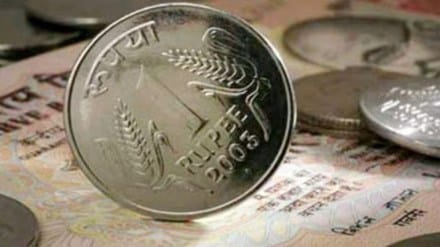By Jamal Mecklai
It is a cliché that in international relations there are no permanent friends, only permanent interests; however, Donald Trump’s rude style of operation is certain to set US interests back for a long time, perhaps even a decade or more.
There are several analysts who contend that his tariff attack on India is really part of a broader game he is trying with Russia. But he has clearly pushed the wrong buttons there since whatever he thinks he is offering Russia doesn’t seem to have any relationship with what Putin really wants. In any case, given his unpredictability, none but the truly desperate would reach out in response since he may well change his tune again.
India’s balancing act amid pressure
This explains why India cannot—and will not—give in to his bullying, irrespective of the impact it has on our economy, which, while serious, will not break us. This is even though, on a pure numbers basis, it may appear sensible to give up $2-3 billion of gains (given the currently sharply reduced discount on Russian oil) in return for substantial savings (of the order of $30-35 billion) on potentially lost exports. Of course, he may pile on the pressure, targeting pharma or IT services next, and then again, he may relent and come back to the 25% tariff level. It’s shocking how this now seems like it would be a reasonably acceptable outcome—score one for Trump’s Art of the Deal!
To be sure, there will be a collateral impact on our domestic politics, since it is shining a laughing light on our pretensions to being a global power, highlighting the reality that being the fourth (soon to be third) largest economy in the world is hardly relevant when our GDP per capita—a more meaningful measure of well-being—is a lowly 132nd. But, as always, when we have our backs to the wall, we are forced to look hard at who we are, who we wish to be, and how we plan to get there. Business as usual is over.
Fiscal discipline and currency risks
The good news is that our most significant economic success over the past few years has been maintaining the deficit on a steady downward path; at 4.8%, the Centre’s deficit, while high, is “respectable”—certainly S&P thinks so. And although the target of 4.4% for 2025-26 will most certainly be exceeded given the sudden structural changes that we will need to implement, we will likely remain at a reasonably creditworthy level. Again, the GDP number just reported for Q1FY26 was a celebratory high 7.8%. And while it is true that the excellent number was driven largely by the services sector, which could become a red rag to the Trump bull if he were singularly focused on squeezing India down, there’s no point worrying or responding in advance when the entire play is built on so much uncertainty.
In any event, the Reserve Bank of India (RBI) will need to ensure that the rupee doesn’t go into a major slump. It has already slipped to an all-time low of 88, and market reports suggest that the central bank was not as active as it had been in protecting 88 over the previous two months. This makes sense since it would be important to retain as much reserves ammunition as possible to support the currency over the next year when export receipts could possibly decline by $30-35 billion. Nonetheless, it is imperative that the RBI takes a strong stand before the rupee hits—or even threatens—90, bringing as it would a vision of 100 rupees to the dollar, which could scare the already skittish global investor community.
To be sure, the RBI would be supported in its efforts by the fact that interest rates would not decline—and may even rise—given the expectation of somewhat higher inflation both with the weaker currency and the widening fiscal deficit since the government now has no choice but to implement long overdue reforms in health and nutrition, education (with a particular focus on employability), agriculture, and, as always, substantively improving the ease of doing business, where our last rank (in 2020, before the World Bank discontinued it) was 63rd out of 190 countries.
This could, of course, take a toll on equities, which are already showing signs of a funk with foreign portfolio investors selling to where their share of the market has fallen below that of domestic institutional investors; on the other hand, the goods and services tax cut could certainly provide some support to local investors, whose number has risen by a record 22% (year-on-year), a trend which shows no sign of easing up.
In any event, no prizes for guessing that volatility will remain the name of the game. And importantly, with our backs against the wall, India will need to rise with renewed vigour and a clear focus on what we need to do to genuinely earn the sobriquet of a global player.
The writer is CEO, Mecklai Financial.
Disclaimer: Views expressed are personal and do not reflect the official position or policy of FinancialExpress.com. Reproducing this content without permission is prohibited.
